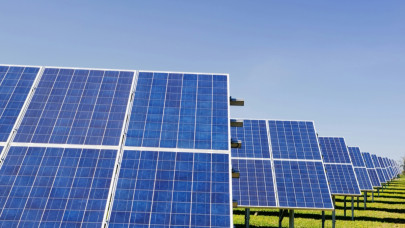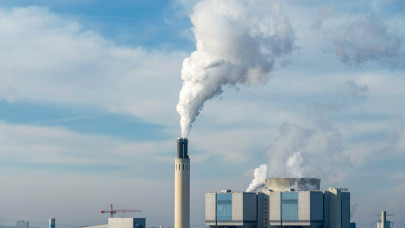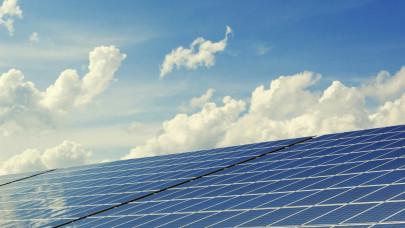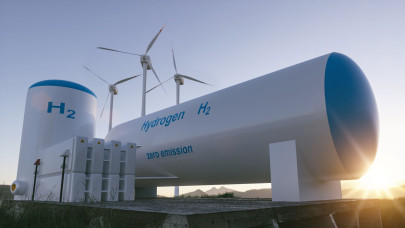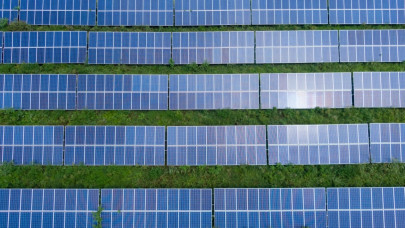Crucially, over the past years, the EU has managed to withstand critical risks to its security of energy supply, regain control over the energy market and prices, and accelerate the transition towards climate neutrality:
Renewable energy generation is breaking new capacity records. In the first half of 2024, half of the EU's electricity generation came from renewable sources.
The share of Russian gas in EU imports dropped from 45% in 2021 to 18% by June 2024, while imports from trusted partners like Norway and the US have increased.
We reduced gas demand between August 2022 and May 2024 by 138 billion cubic meters.
The EU reached its 90% winter gas storage target on 19 August 2024, well ahead of the 1 November deadline.
Energy prices are more stable and remain significantly below the peak levels of the energy crisis of 2022.
The EU's greenhouse gas emissions fell by 32.5% from 1990 to 2022, while the EU economy has grown by around 67% in the same period.
At international level, the EU led the global initiative to triple renewable energy capacity and double energy efficiency improvements as part of the transition away from fossil fuels, which was endorsed by all Parties at COP28 in Dubai.
Significant progress has been made on renewable energy. Wind power overtook gas to become the EU's second-largest source of electricity behind nuclear, and by the first half of 2024, renewables generated 50% of electricity in the EU. In 2022 the EU's primary energy consumption renewed its downward trend, falling by 4.1%. Nevertheless, energy efficiency efforts will need to be stepped up further for the EU to meet the 11.7% final energy consumption reduction target by 2030. Further improvement is needed, not least in the electrification of heating equipment across the board and the rate of renovation of buildings. Strengthened efforts are needed to address high energy prices. This is key to improving the competitiveness of EU industry, and to accelerating investments in Europe's integrated infrastructure networks, which are essential for the electrification of the European economy.
The report recalls that all Member States must submit their final updated National Energy and Climate Plans as soon as possible, to ensure collective achievement of the 2030 energy and climate goals. The assessment of the draft updated NECPs published in December 2023 shows that Member States have taken a step in the right direction, but this is not yet sufficient to reduce net greenhouse gas emissions by at least 55% by 2030 and they need to take into account the Commission's recommendations for their final Plans. Today, the Commission also published a report on the functioning of the Regulation on the Governance of the Energy Union and Climate Action, which concludes that the regulation is playing an important role in keeping the EU on track to meet its 2030 targets by making planning and reporting more coherent, integrated, and simpler.
New and emerging challenges will need to be addressed in the future, such as the current ambition gap in renewables and energy efficiency targets, the increase in energy poverty, the energy price differential compared to other global competitors, and the risk of new strategic critical dependencies. They will require a decisive policy response and a step change in efforts at the EU and Member State level, through more coordination, market integration, and joint action.
The EU has continued to stand by Ukraine in the face of relentless Russian attacks on its energy system. The synchronization of the Ukrainian and Moldovan grids with the Continental European Network helped stabilize Ukraine's electricity system and the capacity for electricity exchanges has now reached 1.7 GW for commercial trade. It also enables Ukraine to benefit from emergency imports. By 31 July 2024, over 40% of all donations from Member States were dedicated to the energy sector, with the Union Civil Protection Mechanism's total contribution estimated at over €900 million. The Ukraine Energy Support Fund (UESF) also mobilized over €500 million by June 2024. In addition, the EU's €50 billion Ukraine Facility will provide consistent funding to aid Ukraine's recovery and sustainable economic growth up to 2027.




